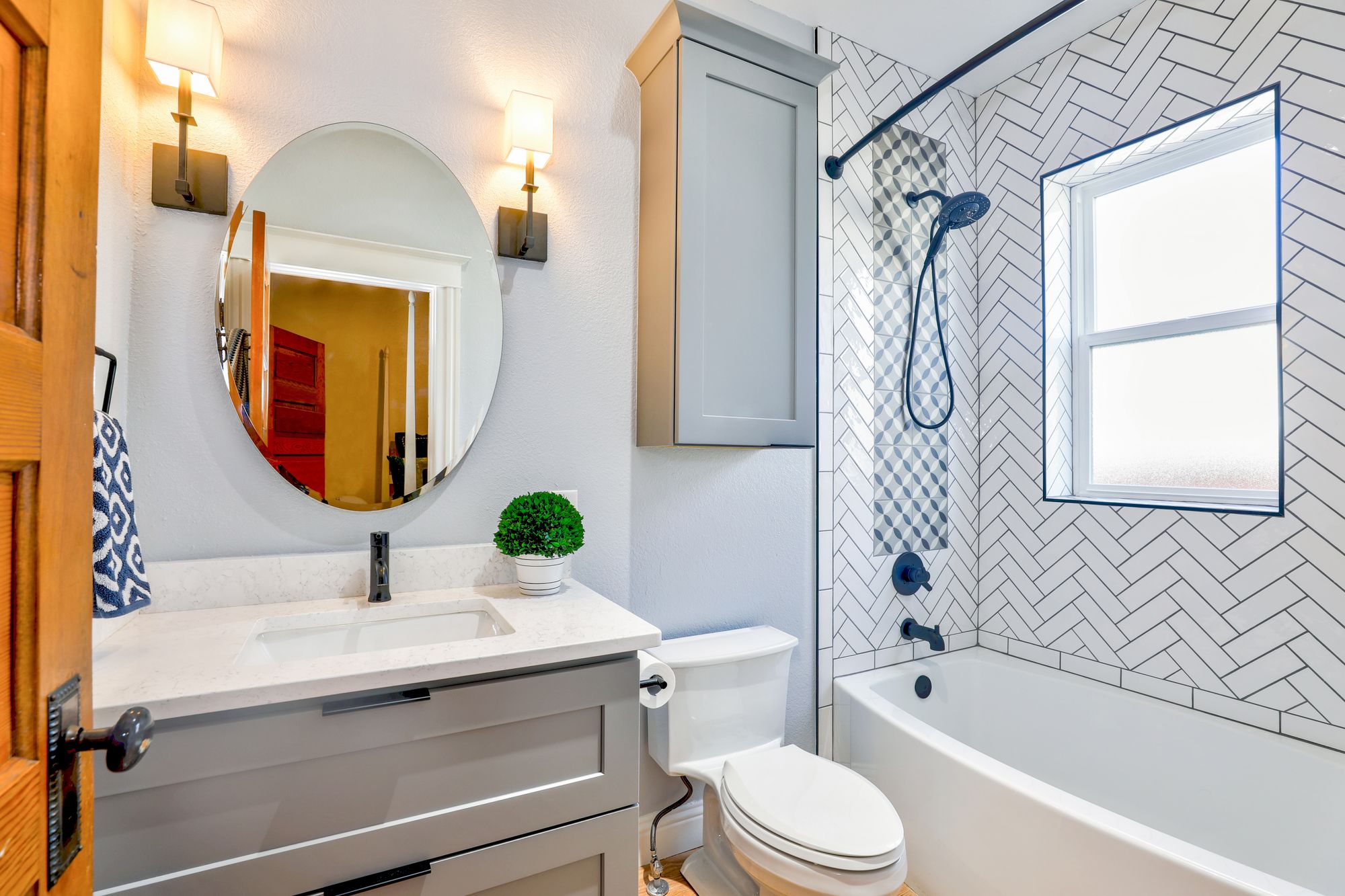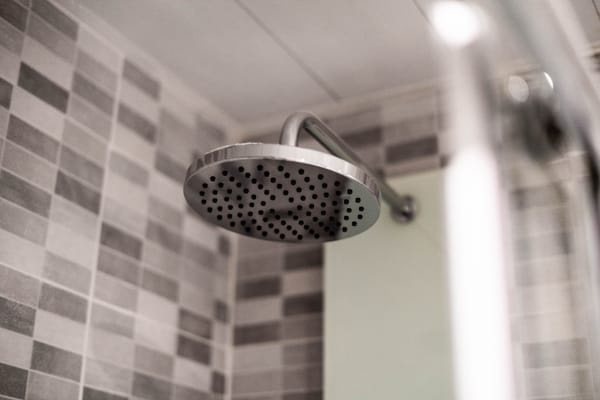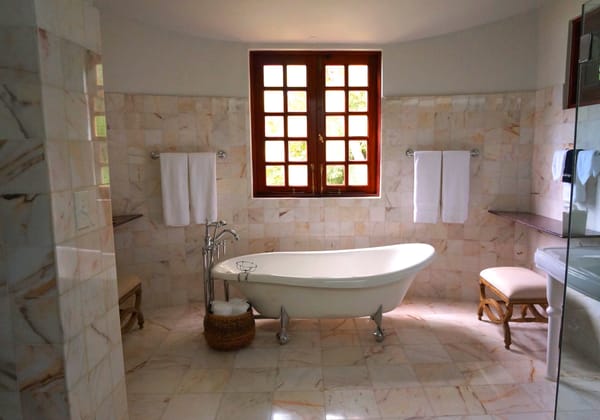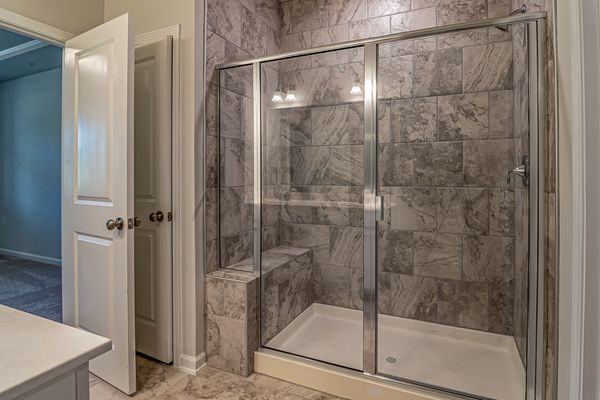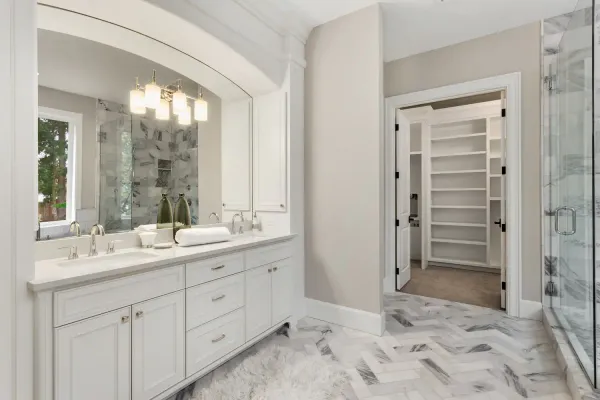Choosing the right toilet for your bathroom is essential for comfort, functionality, and style. One of the most critical factors to consider when selecting a toilet is its dimensions. The size and shape of your toilet can impact the overall layout of your bathroom and influence the design.
This guide will explore the various toilet dimensions, including standard sizes, ADA compliance, and space-saving options. By understanding the importance of toilet dimensions, you can make informed decisions to ensure a comfortable and stylish bathroom.
Guide for Your Toilet Seat and Toilet Bowl
Chair Height Toilets
1. Standard Toilet Dimensions
Toilets come in various sizes and shapes, but there are some common dimensions to keep in mind. Standard toilets typically have a toilet seat height of 14-15 inches from the floor to the rim of the bowl, with an overall height (including the tank) of around 27-30 inches.
The width of a standard toilet is approximately 18-20 inches, while the depth (from the front of the bowl to the back of the tank) ranges from 27-30 inches.
2. ADA-Compliant Toilets
The Americans with Disabilities Act (ADA) establishes specific guidelines for toilets to ensure accessibility for individuals with disabilities. ADA-compliant toilets must have a bowl height of 17-19 inches from the floor to the rim. This increased height makes it easier for individuals with mobility challenges to use the toilet.
The ADA also requires a minimum of 60 inches of clear floor space for a wheelchair to maneuver in the bathroom. To accommodate this requirement, the centerline of the toilet should be at least 18 inches from the side wall or partition. Additionally, grab bars must be installed beside and behind the toilet to provide support.
3. Space-Saving Toilets
In smaller bathrooms, space-saving toilets can be a practical solution to maximize floor space. There are several options to consider:
- Corner Toilets: These toilets have a triangular tank that fits into the corner of the bathroom, saving space without compromising functionality. The standard dimensions of corner toilets are similar to those of regular toilets, with a width of 18-20 inches and a depth of 27-30 inches.
- Wall-Hung Toilets: Wall-hung toilets are mounted on the wall, with the toilet tank concealed in the wall. This design frees up floor space and creates a sleek, modern look. The height of the toilet can be adjusted during installation, making it suitable for various users.
- Compact Elongated Toilets: These toilets have an elongated bowl shape that offers more comfort while occupying the same amount of space as a round-front toilet. The width and depth of compact elongated toilets are similar to those of standard toilets, with a width of 18-20 inches and a depth of 27-30 inches.
4. Measuring Your Bathroom for the Right Toilet Dimensions
Before purchasing a toilet, it's essential to measure your bathroom accurately to ensure a proper fit. Here's how to measure your bathroom for a new toilet:
- Determine the "rough-in" measurement: The rough-in is the distance between the center of the drainpipe and the wall behind the toilet. Most toilets have a 12-inch rough-in, but 10-inch and 14-inch options are also available. It's crucial to choose a toilet with the same rough-in measurement as your bathroom.
- Measure the available space: Consider the width, depth, and height of the space where the toilet will be installed. Make sure there is enough room for the toilet, as well as any additional clearance required for accessibility or maintenance.
- Account for door and cabinet clearance: Ensure that there is enough space for the bathroom door and any nearby cabinets to open fully without obstruction. Keep in mind that building codes typically require a minimum of 21 inches of clearance in front of the toilet. However, 30 inches is recommended for optimal comfort and accessibility.
5. Choosing the Right Toilet Dimensions for Comfort
While standard toilet dimensions work well for most people, it's important to consider the needs and preferences of those who will be using the bathroom regularly.
For instance, taller individuals or those with mobility issues may prefer a "comfort height" toilet, which has a bowl height of 17-19 inches. Additionally, elongated bowls can provide more comfortable seating, but they require more space than round-front bowls.
6. Upgrading Your Toilet: What to Look for in a New Toilet
When upgrading your toilet, dimensions are only one aspect to consider. Here are some other features to look for in a new toilet:
- Water efficiency: Toilets with the WaterSense label meet the Environmental Protection Agency's (EPA) criteria for water efficiency, using 1.28 gallons per flush or less. This can help you save water and reduce your utility bills.
- Flush performance: Look for toilets with a strong flush performance to ensure effective waste removal and minimize the need for plunging.
- Easy-to-clean design: Some toilets have a smooth, skirted design that conceals the trapway, making them easier to clean and maintain.
- Quiet flush: If noise is a concern, consider a toilet with a quiet flush system to minimize disruption.
Conclusion
Toilet Seats
Toilet dimensions play a significant role in the overall functionality and comfort of your bathroom. By understanding the various options available, including standard sizes, ADA-compliant toilets, and space-saving designs, you can make informed decisions when remodeling or installing a new bathroom.
Wall Hung Toilet
It is always important to measure a toilet and get the dimensions accurately. Round toilet dimensions and elongated toilet dimensions require the same level of care and detail. Remember to measure your bathroom carefully and consider the needs and preferences of those who will be using it regularly. With the right toilet dimensions and features, you can create a stylish and comfortable bathroom that meets your needs.

